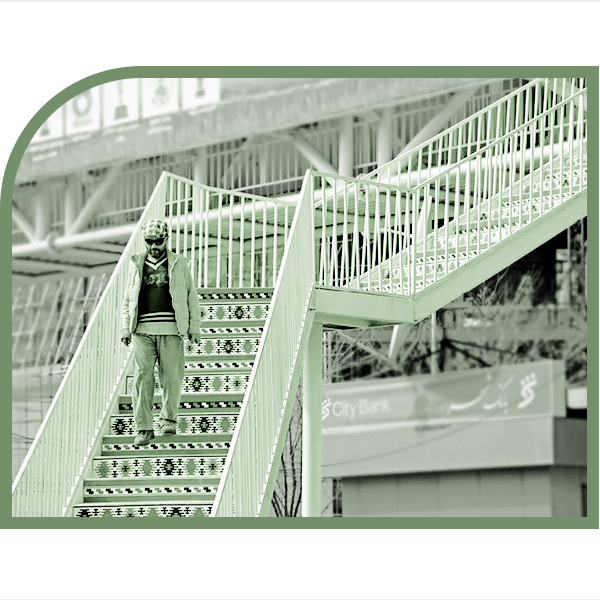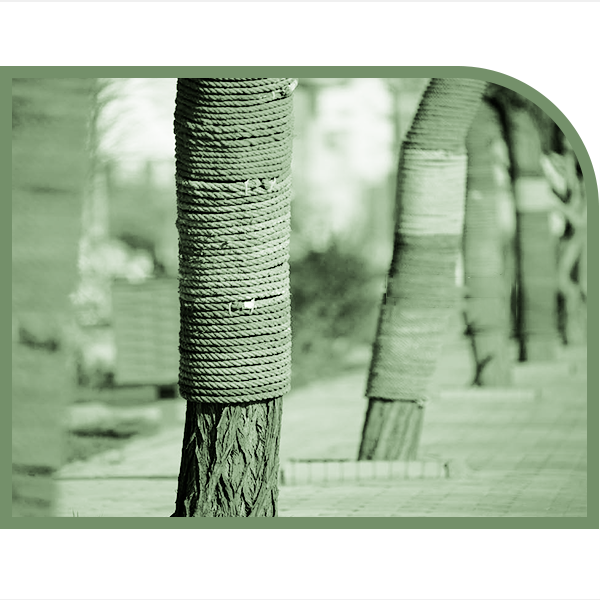

Mohsen Saraji - Founder and Director of Saraaj
The center for Creation and development of art spaces
The ultimate goal of city beautifying is to create an attractive, happy, creative and nurturing environment for citizens. An environment that not only satisfies its residents’ sense of aesthetic but be able to form a relationship with people and the society culture. Therefore, the use of city decorations with fabric has been widely used, especially in temporary decorations such as celebrations, events and rituals, due to its variety in color, lightness, cheapness, flexibility and pace of execution.

City decorations have adopted different forms based on culture, customs, religion, etc. in different countries and the main purpose of its creation is to decorate city during special events in order to have a greater impact on the audience. The wide range of fabric, variety of colors and simple application, lightness and cheapness are the some reason to use fabric in urban decorations.
The application of fabric is specifically suitable and beneficial for temporary city decorations. That is why it is widely used in special events such as religious, national, historical, New Year and independence celebrations. In addition to that, attracting people to special places and at specific times to touristic, religious and historical places or in opening ceremonies seems to be the most practical style of decoration. However fabric and especially woven structures are vulnerable to pollution and dust due to their material and texture and can be damaged by passers-by and children if they are not reinforced.
Any kind of artwork design will be successful only when it gains acceptance by the citizens. Otherwise, it will be intentionally damaged or disappeared over the time. Form designing should be based on beliefs, traditions and mental preferences of the audience in urban areas. Installation and placement methods should be considered with no hazard for pedestrians or cars on the ground or different elevation levels. For one example, observing the maximum height of human accessibility would reduce destruction.

In fabric decorations, paying attention to culture, customs and historical background of each region can be effective in connecting citizens with decorations and preserving the integrity of form and conceptual harmony with urban environment and citizens' culture.
Adopted from the book: